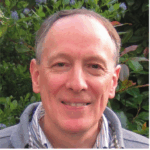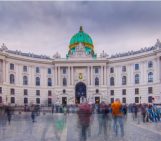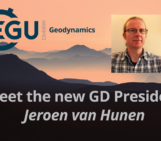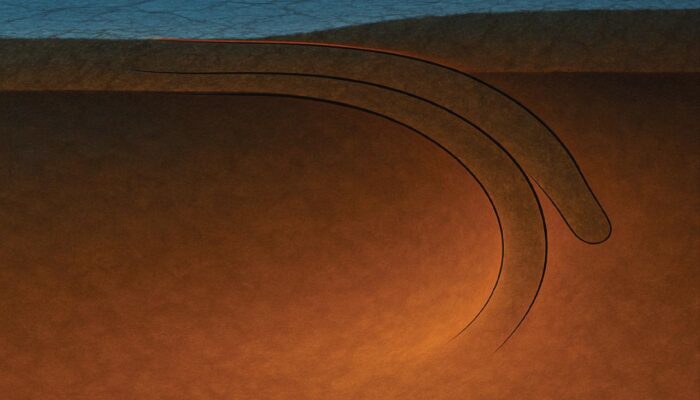
The 2025 Augustus Love Medal of the Geodynamics Division was awarded to Neil Ribe in recognition of his outstanding and fundamental contributions to a wide range of problems in geodynamics using rigorous mathematical approaches. In this interview, he talks about his research and how he got involved in geodynamics, while also sharing his thoughts on what the future might hold for the discipline.
Neil Ribe’s Augustus Love Medal Lecture will take place on Tuesday 29 Apr at the EGU General Assembly.
How would you describe your research in a nutshell?
I am a theorist and numerical analyst who seeks to understand geodynamical processes by studying fluid-mechanical models of them. My goal is to obtain quantitative scaling laws that allow model predictions to be “scaled up” to the Earth. I also have a second center of activity in fundamental fluid mechanics (buckling instabilities, jet dynamics, Marangoni flows).
What was your reaction to the news that you had been awarded the Augustus Love medal?
Surprise, pleasure, and the recognition that any number of excellent geodynamicists would have an equal claim to this award.
How did you get involved in the field of Geodynamics? What has been the biggest challenge so far?
After an undergraduate education in physics, I nearly chose to pursue a PhD in plasma physics. But a visit with Frank Richter at the University of Chicago convinced me that geodynamics would afford more scope for my personal development as a scientist. The biggest challenge has been navigating between the two poles of what is needed in a geodynamical model: realism (which means complexity) and physical understanding (which requires simplicity).
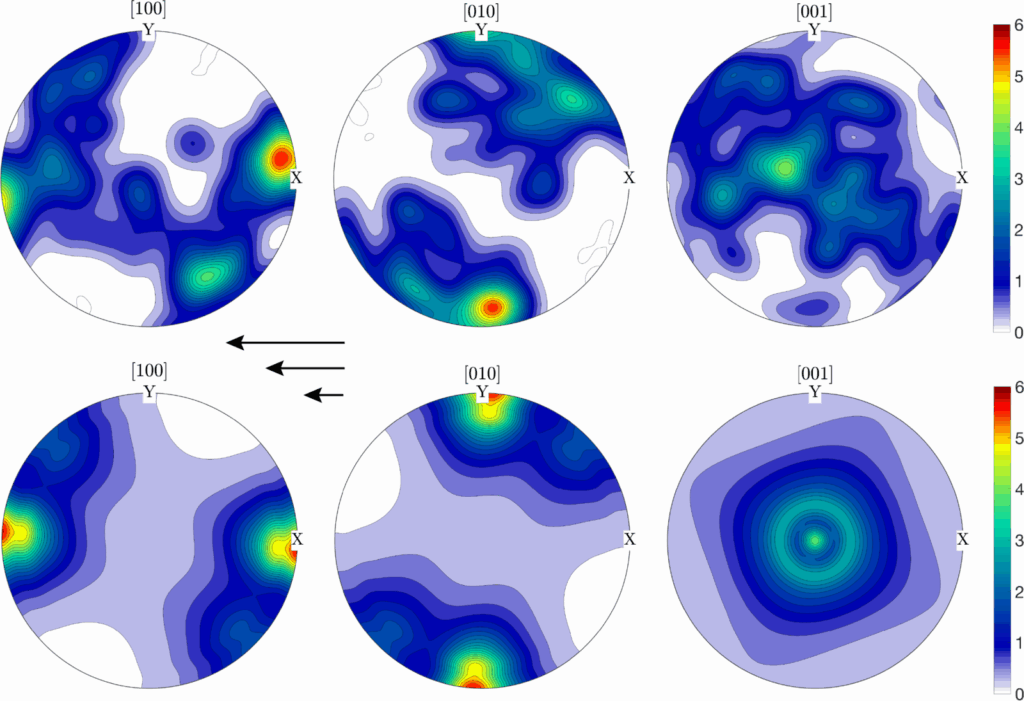
Comparison of observed (top) and modelled (bottom) anisotropic textures of olivine polycrystals deformed in simple shear. (credit: Neil Ribe)
How do you think the field of geodynamics has developed over the years and what do you think it will be like in the future?
The biggest change I’ve seen has been the growing importance of global-scale spherical numerical models with realistic material properties, which have been made possible by the astounding increase of computer power over the past few decades. Accompanying this has been a decline in the use of analog laboratory experiments, now pursued by only a handful of groups worldwide. Numerical and laboratory approaches are complementary, and I would like to see both remain healthy in the future.
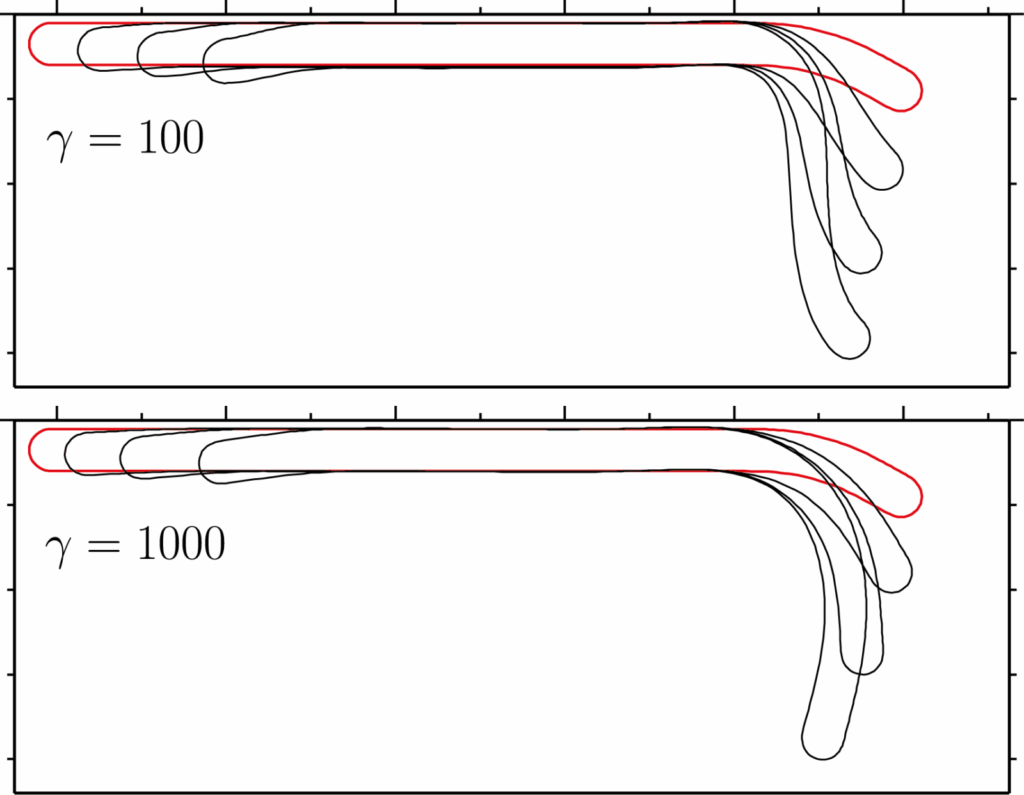
Progressive subduction of viscous plates for two different plate/mantle viscosity ratios gamma (initial condition in red). Credit: Ribe (2010)
What advice do you have for early-career researchers who would like to continue their careers in geodynamics?
Seek out a broad education in continuum mechanics and fluid mechanics, including but going beyond the topics usually covered in courses on geodynamics. Important topics to master include general low Reynolds-number hydrodynamics, theories of flow in thin layers (boundary-layer theory, lubrication theory, shell theory), and linear and nonlinear stability theory applied to thermal and thermochemical convection. The foregoing remarks apply to my own field of mantle dynamics; researchers in core dynamics and magnetohydrodynamics will of course have a different list of key topics.
References: Ribe N M (2010) Bending mechanics and mode selection in free subduction: a thin-sheet analysis, Geophys. J. Int. 180, 559-576.

